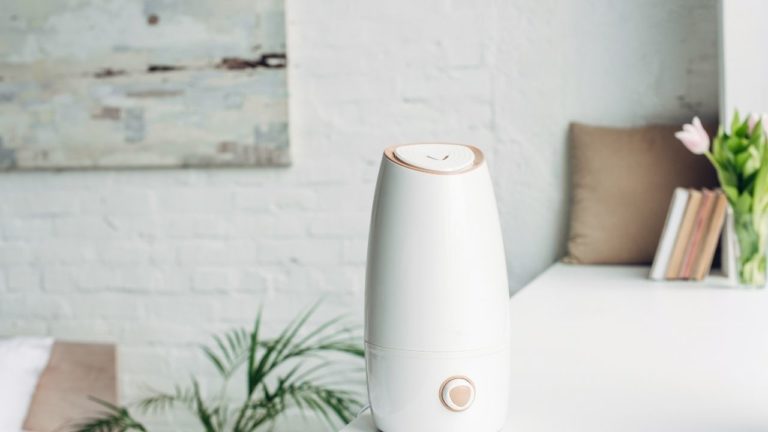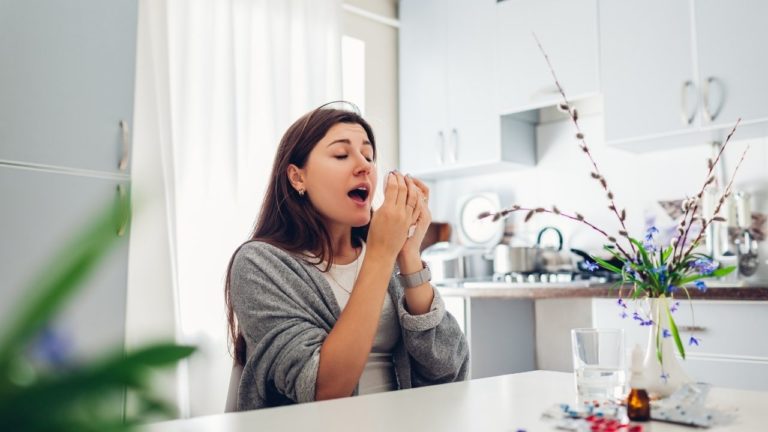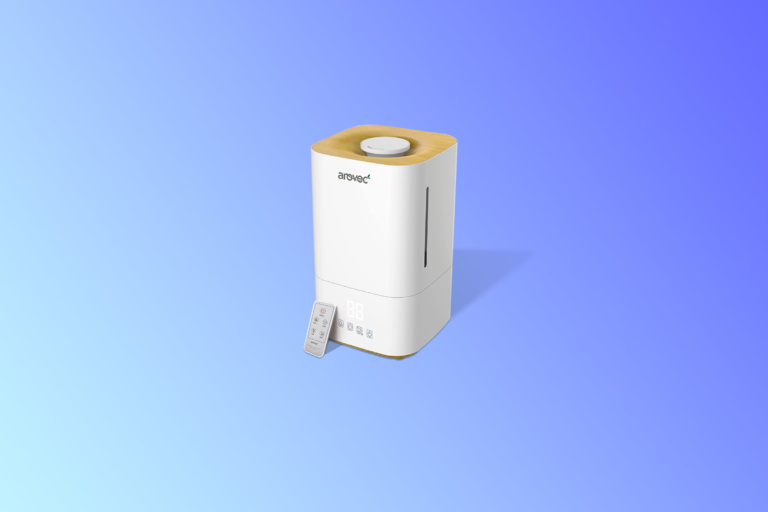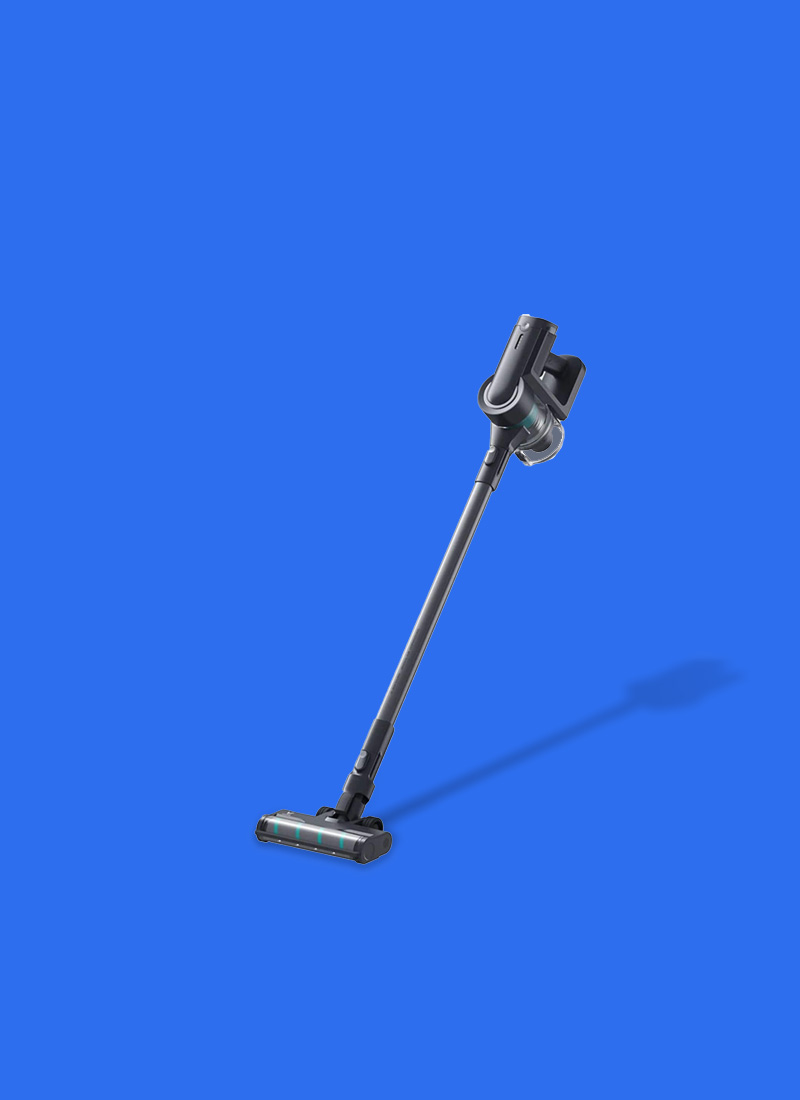ⓘ We are reader-supported and may earn a small commission at no additional cost to you if a purchase is made through one of our links.
We break down the parts of a humidifier and explain how to clean them properly. You’ll also find answers to FAQs and popular misconceptions you might have about humidifiers and how to clean them.
If you don’t have time to read the full article, click on the links to skip to that section:
The different types of humidifiers?
It depends on what type of humidifier you have. The most common are cool mist humidifiers, evaporative humidifiers, steam vaporisers, and ultrasonic humidifiers.
Cool Mist Humidifiers
These units often have a water tank, a filter, and a base. Make sure to remove the reservoir from the base each time you’re done using it so you can clean it properly. The filter is typically a foam pad.
Evaporative Humidifiers
This type has a fan-powered unit that releases a cool mist into the air by blowing into a moistened filter. It has a pretty simple construction, with a water tank, filter, and small fan.
Steam Vaporisers
This humidifier uses electricity to heat up the water in the tank to create steam that moisturises the surrounding air. The basic parts are a water tank, a heating element or base, and an electrical cord.
Ultrasonic Humidifiers
These humidifiers use rotating discs to vibrate water molecules, which creates a cool mist. The main parts are a tank, base, the vibrating mechanism/motor, and if you have a warm-mist version, electrical components and a cord.
All of these do a terrific job of improving the air quality in your home, especially when you stay on top of keeping them clean.
Don’t have a humidifier yet? If you’re interested in buying a humidifier, then check out our roundup of here.
Cleaning a humidifier:
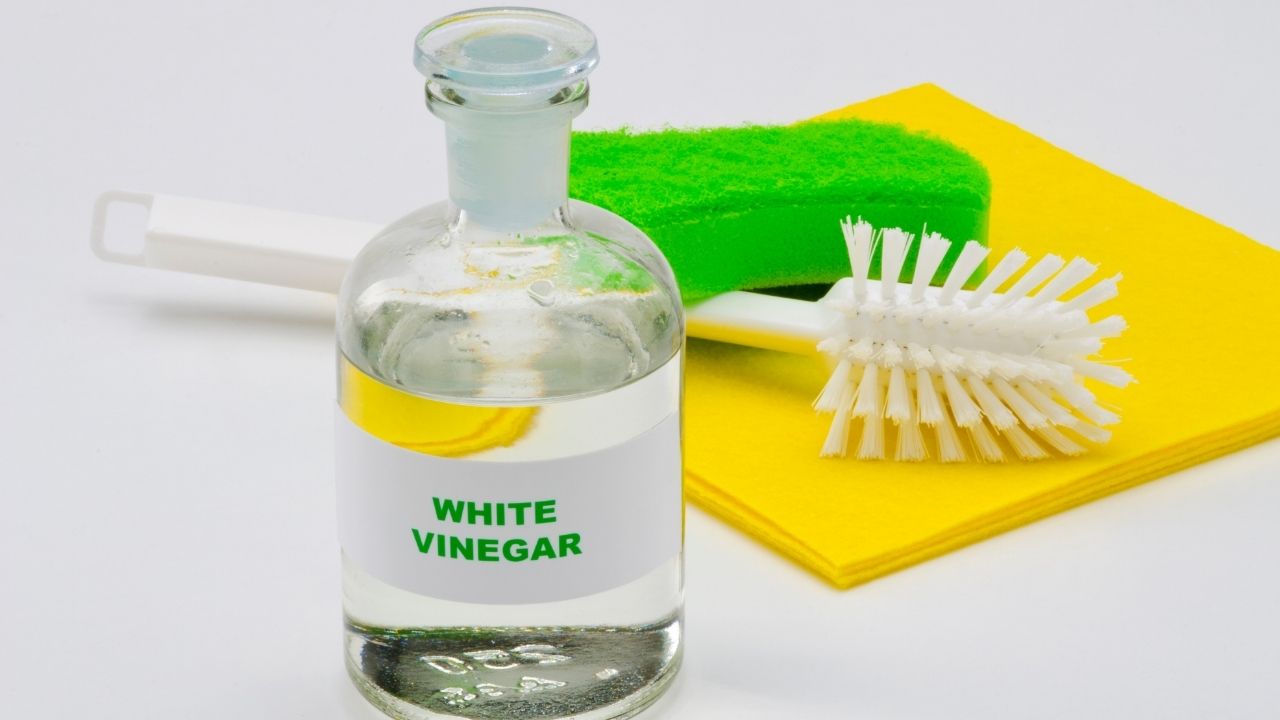
Unplug the unit and empty it completely
Follow the manufacturer’s instructions when pouring out the water. You want to avoid getting the electrical components and motor wet if your model has it.
Loosen residue with water and vinegar
Fill the base with a 1:1 ratio of white vinegar and water. Leave it to soak for at least an hour. Vinegar is a natural disinfectant and will help loosen grime, mould, and hard minerals that have built up in the water tank.
For best results, use cleaning vinegar with 6 to 20% acidity.
Clean gunk out of the water reservoir
While the base is soaking happily, it’s time to clean the water reservoir. This part usually develops a greasy film because of the stagnant water.
Fill the reservoir with a couple of cups of vinegar (less or more depending on the size of your model) and shake it vigorously for a few minutes. Empty it carefully. Rinse with water, repeating until the water runs clear.
Empty the base out and wipe it down
After an hour, pour out the vinegar solution. Again, be careful not to get any electrical components wet. Soak a clean cloth in vinegar and give the base a good wipe in and out. Let it dry out.
Wipe down the rest of the humidifier
Using the same cloth, wipe down the rest of the humidifier. Pay attention to the funnel, exterior vents, and any crevices in the design.
Clean the filter
Take the filter out of the humidifier and soak it in water and vinegar for around 20 minutes. Rinse thoroughly with hot water. Let it dry out.
You’ll also need to change out the filter regularly. Check the manufacturer’s instructions for replacement.
Replace the water tank and plug it in
After everything is dry, reassemble your humidifier. Fill it with clean water, plug it in or turn it on, and enjoy your refreshed home or office!
What can I clean my humidifier with besides vinegar?
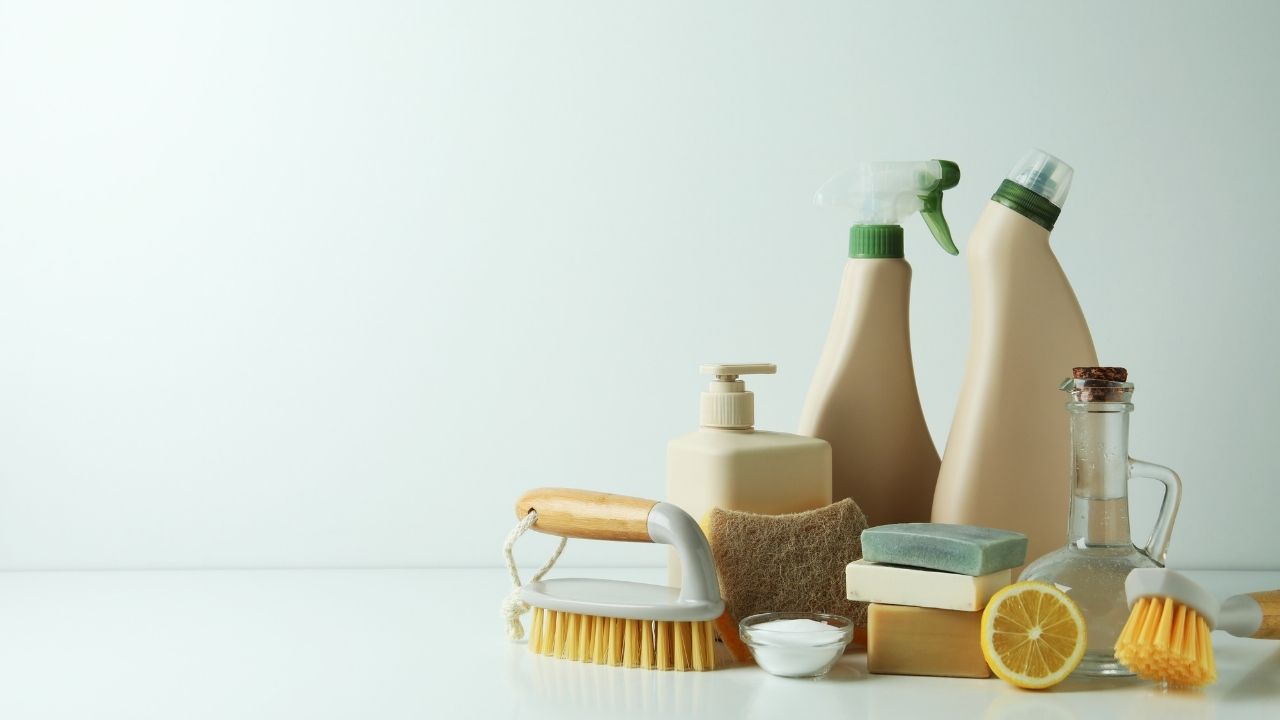
Vinegar is one of the most popular cleaning agents for humidifiers. While it’s a natural disinfectant and will help get rid of grime, mould, and mineral deposits from the water tank and reservoir, there are a few other cleaning agents you can use.
Hydrogen Peroxide
Mix 1 part 3% hydrogen peroxide with 4 parts water. This works as a cleanser and disinfectant.
Baking Soda
Baking soda is a mild abrasive and deodoriser. Mix it with water to make a paste; use this on the tank and reservoir. Rinse it off when you’re done.
Dish Soap
Dish soap works as a cleanser for light to medium grime. Flush it out until it runs clear and you can’t smell any traces of the soap anymore.
How do you clean a mouldy humidifier?
The wet environment inside a humidifier is perfect for mould and mildew to grow. Once you notice mould in your humidifier, you’ve gone too long between cleanings.
But don’t worry, you can get rid of the mould and prevent it from coming back if you act quickly. Here’s what to do:
- Empty your humidifier completely.
- Use an old toothbrush to scrub away the mould.
- Fill the tank with 1:4 ratio of water and hydrogen peroxide.
- Shake it well and let it sit for at least an hour.
- Pour it out and rinse thoroughly with water.
You can also use vinegar and baking soda to clean mould.
What is the hard white stuff that builds up in my humidifier?
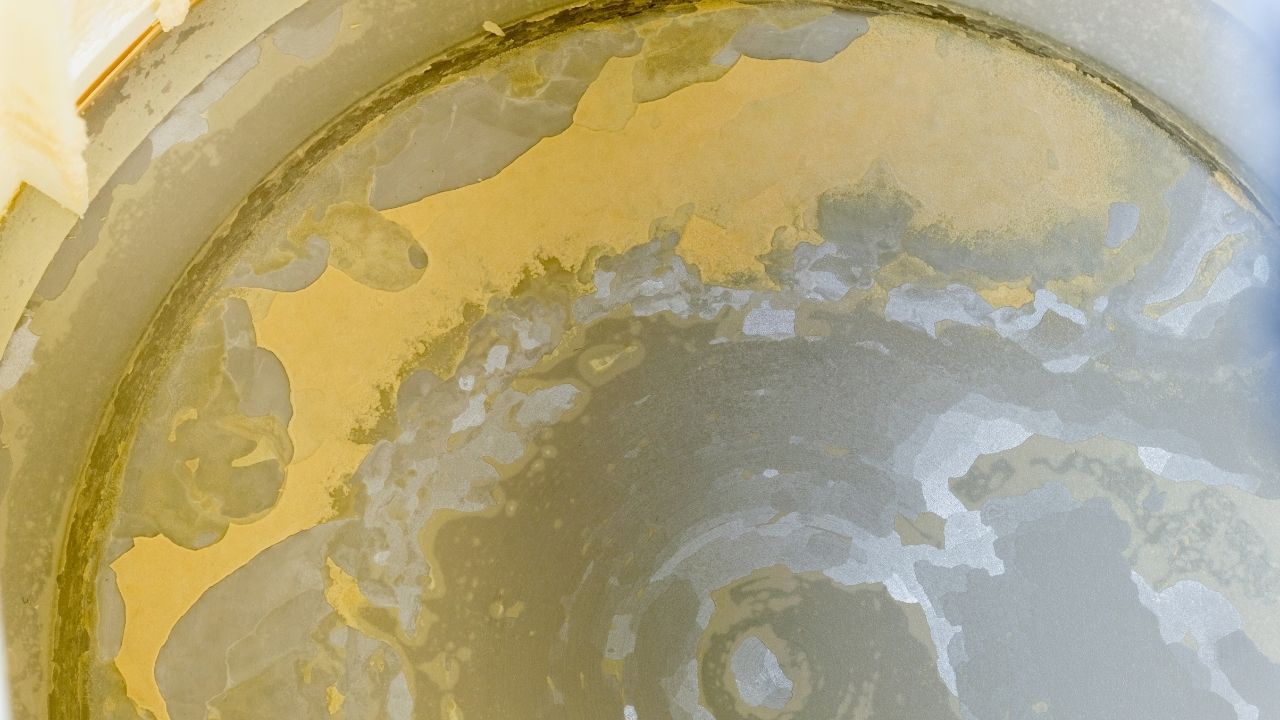
Those are dried up minerals from hard water. Hard water contains high levels of magnesium and calcium.
They’re not dangerous by themselves, but you still don’t want them building up inside your humidifier. They make the unit less efficient, so they shorten the lifespan of your appliance. They can also harbor bacteria, mould, and bad smells.
You can clean this white buildup out of your humidifier using a mixture of vinegar and water and letting it soak. Then, finish the job with a good scrub using an old toothbrush.
You can help mitigate the buildup of limescale and other minerals by using distilled water. More information on what types of water you should use with your humidifier can be found in our guide.
How often should I clean my humidifier?
Completely replace the water every day, and deep-clean your unit every week. Your manufacturer’s instructions should offer more specific advice.
How do I prevent limescale from accumulating in a humidifier?
It’s all in the water. Use distilled, demineralised, or spring water, which doesn’t have the minerals that cause limescale.
Is it ok to use tap water in a humidifier?
Yes, but tap water naturally has a ton of calcium and magnesium, which create mineral deposits inside your humidifier.
But if you clean it regularly, there shouldn’t be any problem.
What is the brown stuff in my humidifier?
That’s probably mould. It’s a sign that your humidifier isn’t as clean as it should be, and you need to clean it more often.
It can also be dirt and other contaminants.
Either way, your humidifier is telling you that a deep clean is in order.
Can a dirty humidifier make you sick?
Yes, it can. mould, bacteria, and other contaminants can contaminate the water in your humidifier and get into the air when you breathe in the subsequent cool mist or steam.
This can contribute to a number of respiratory problems, from runny noses to asthma attacks.
In other words, not cleaning your humidifier defeats its purpose. It’s supposed to help you breathe easier, not make your breathing problems worse.
How dangerous are mould spores in a humidifier?
Mould spores are actually quite dangerous. They cause respiratory problems that range from mild to severe.
They can also trigger allergic reactions or asthma attacks in those who are especially sensitive.
If you notice mould in your humidifier, clean it immediately and avoid breathing the mist until you’re certain the mould has been removed.
Conclusion
Caring for your humidifier is just one more way you can take charge of your home’s safety and comfort. Take these simple steps to clean your humidifier, and you’ll enjoy the benefits for years to come

